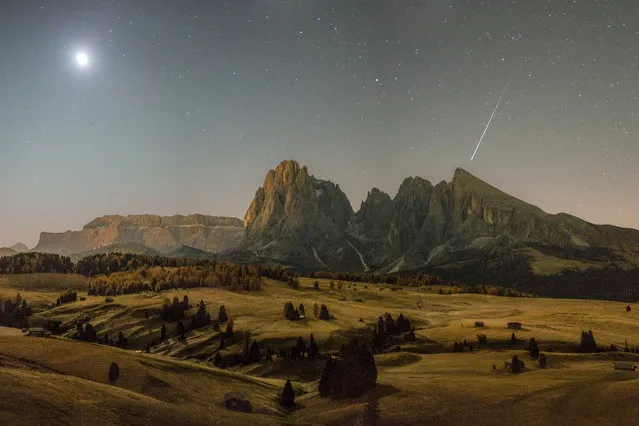
A political billboard by the artist Karen Fiorito satirising Donald Trump and Elon Musk in Phoenix, US on March 12, 2025. The artwork, titled Twitler and Putin’s Puppet Do Washington, depicts Musk as a puppet master controlling Trump. The artwork on the other side, Liar in Chief, references Project 2025, a conservative proposal to overhaul the federal government. (Photo by Eduardo Barraza/ZUMA Press Wire/Rex Features/Shutterstock)








